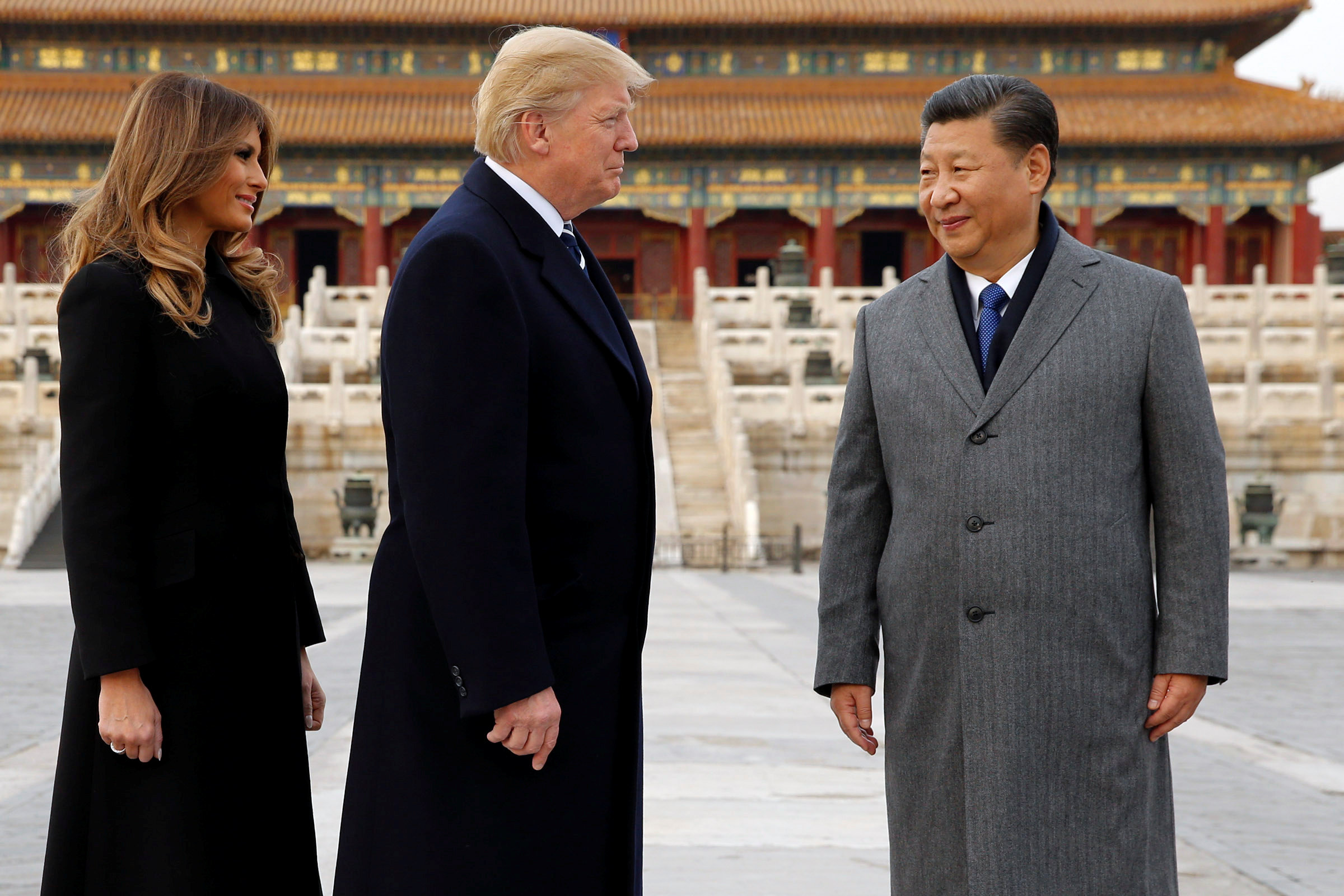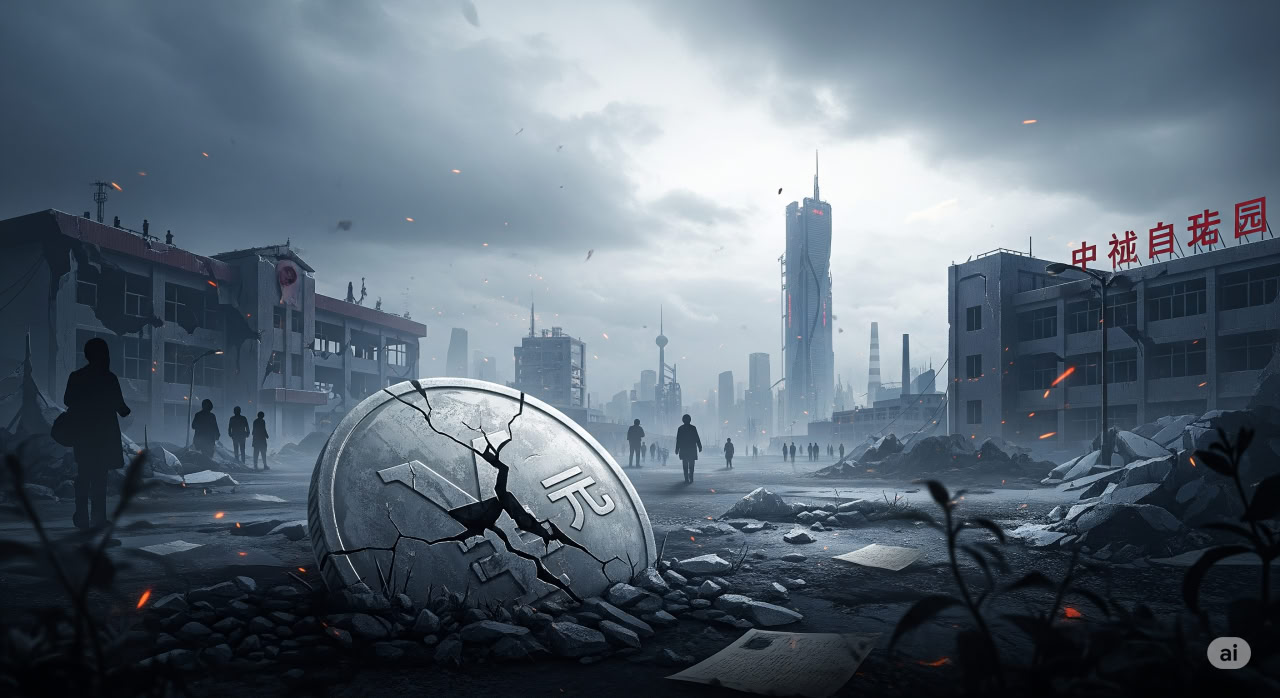There’s a reason military strategists lose sleep over the Taiwan Strait. Stretched across those hundred nautical miles of choppy water lies perhaps the most dangerous flashpoint on Earth—a place where geography, economics, and great power rivalry converge in ways that could drag the world into its bloodiest conflict since 1945.
The stakes couldn’t be higher. Taiwan sits dead center in what strategists call the First Island Chain, a string of territories running from Southeast Asia to Japan that essentially bottles up China’s access to the Pacific. Through these waters flows roughly $7 trillion in global trade annually, including nearly 80% of China’s energy imports. Control this chokepoint, and you control the economic lifeline of the world’s second-largest economy.
For Beijing, breaking free of this maritime cage has become an obsession. Xi Jinping hasn’t been subtle about his intentions—he’s told his military to be ready to “reunify” Taiwan by 2027, and recent rhetoric suggests he’s increasingly willing to use force. The question isn’t whether China wants Taiwan; it’s whether America and its allies can stop them from taking it.
The War Game That Keeps Generals Awake
The Center for Strategic and International Studies, Washington’s premier defense think tank, recently ran the most comprehensive simulation of a Taiwan invasion ever conducted. Over 25 iterations, involving former military commanders and senior officials, they gamed out what would happen if China actually pulled the trigger. The results should terrify anyone who believes in the myth of clean, quick modern warfare.
The Chinese invasion plan is devastatingly simple in concept, nightmarishly complex in execution. It begins with a missile barrage that would make the Gulf War look like a firecracker display—thousands of precision-guided munitions raining down on Taiwan’s military infrastructure. Within hours, virtually every Taiwanese ship and aircraft would be destroyed before they could even engage.
But here’s where Beijing’s plan gets truly audacious: while the world watches Taiwan burn, hundreds of Chinese vessels would surge across the strait, carrying the largest amphibious assault force in history. We’re talking about moving hundreds of thousands of troops and their equipment across open water while under constant attack—an operation that would dwarf D-Day in scale and complexity.
The Americans, meanwhile, would face an impossible choice. Let Taiwan fall without a fight, or risk nuclear war to defend a democratic ally. The war games suggest they’d choose to fight, but the cost would be staggering.
When the Shooting Starts
What unfolds in these simulations reads like a techno-thriller nightmare. Within days, China would expand the war beyond Taiwan, launching missile strikes against U.S. bases in Japan—calculating that crippling American air power is worth bringing Tokyo into the conflict. The USS George Washington, America’s forward-deployed carrier, would likely end up on the bottom of the Pacific, along with half its escort fleet.
The destruction would be mutual and devastating. American submarines lurking in the Taiwan Strait would savage Chinese transport fleets, sending thousands of troops to watery graves. Long-range bombers flying from Guam would pound Beijing’s naval forces with precision missiles. Within weeks, both sides would be burning through decades’ worth of military hardware.
But here’s the crucial finding: in most scenarios, China’s invasion fails. Not because their military is inadequate—it’s formidable—but because amphibious warfare is the most complex form of combat imaginable. Beijing would need to establish beachheads, capture ports, and maintain supply lines across a hundred miles of contested water while under constant attack. The logistical challenges alone would be staggering.
The human cost, however, would be beyond comprehension. We’re talking about casualties in the hundreds of thousands, possibly millions if the conflict escalates. The economic disruption would make the 2008 financial crisis look like a minor recession. Global supply chains would collapse overnight.
The Nuclear Shadow
Perhaps most terrifying of all, these war games revealed how quickly a Taiwan conflict could spiral into nuclear catastrophe. In seven of fifteen scenarios where China faced conventional defeat, Beijing resorted to tactical nuclear weapons. Not one or two—dozens at a time, turning Taiwan into a radioactive wasteland.
The American responses varied dramatically. Sometimes Washington withdrew, effectively ceding Taiwan to avoid global annihilation. Other times, U.S. forces struck back with limited nuclear attacks, hoping to end the conflict without triggering full escalation. In the worst cases—three out of fifteen—the exchange spiraled into strategic nuclear warfare, with major cities on both sides reduced to ash and hundreds of millions dead.
These aren’t abstract possibilities. They’re potential futures that rest on the decisions of a handful of leaders in Beijing and Washington, shaped by the fog of war and the pressure of domestic politics.
The Japanese Wild Card
One scenario should particularly worry American strategists: what happens if Japan refuses to let U.S. forces use their bases? Tokyo hosts more American troops than any other country—55,000 according to official figures—but those bases sit on sovereign Japanese territory. If Japanese leaders decide the costs of involvement outweigh the benefits, America’s entire Pacific strategy collapses.
Without Japanese bases, the U.S. simply lacks the firepower to break Chinese air superiority or destroy enough transport ships to prevent a successful invasion. Taiwan falls, America’s credibility in Asia crumbles, and Beijing emerges as the undisputed hegemon of the world’s most important economic region.
The Untested Giant
There’s another factor that could dramatically alter these projections: China’s complete lack of combat experience. Beijing hasn’t fought a major war since 1979, and that Vietnamese adventure ended in embarrassing defeat. Its military has never conducted an amphibious assault on this scale, its officers have never commanded forces in real combat, and its weapons systems remain largely untested in battle.
Military hardware that looks impressive on paper has a nasty habit of failing when people start shooting back. If China’s invasion force proves less competent than war games suggest, the conflict could end much more quickly—and with far fewer casualties—than anyone expects.
The Point of No Return
What makes all this particularly sobering is how little control anyone might have once the shooting starts. Modern warfare moves at digital speed, with decisions compressed into minutes and seconds. A single miscalculation, a failed communication, or a commander’s moment of panic could transform a limited conflict into global catastrophe.
The Taiwan Strait may look like just another patch of ocean on the map, but it’s actually the most dangerous place on Earth—a narrow stretch of water where the ambitions of superpowers collide with the realities of modern warfare. Whether cooler heads prevail may determine not just the fate of 23 million Taiwanese, but the future of human civilization itself.
The war games are over. The real test is just beginning.


